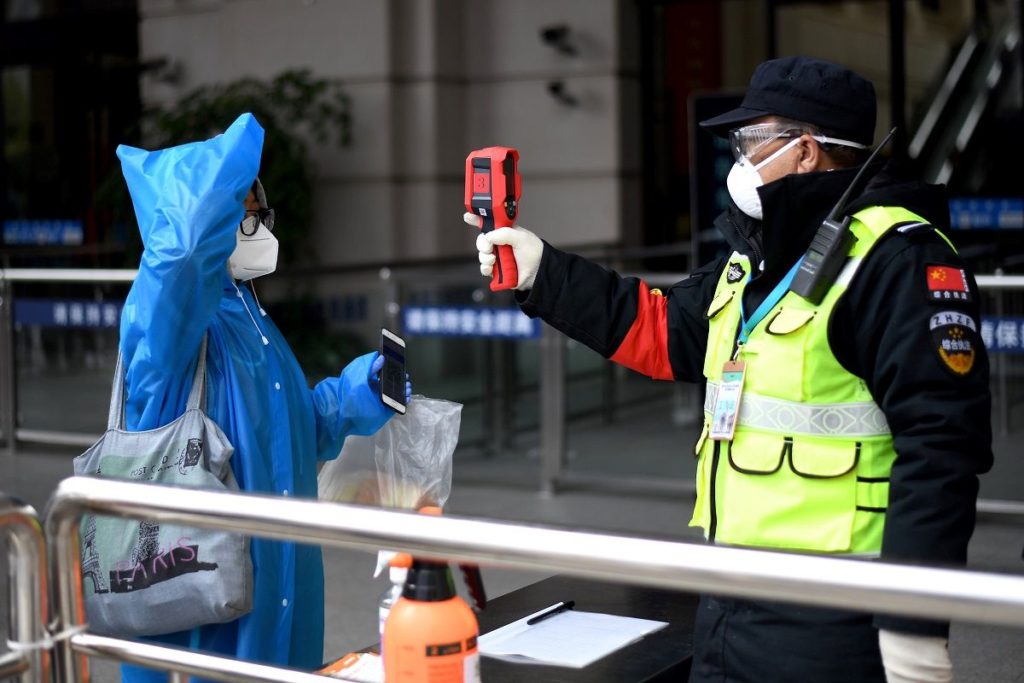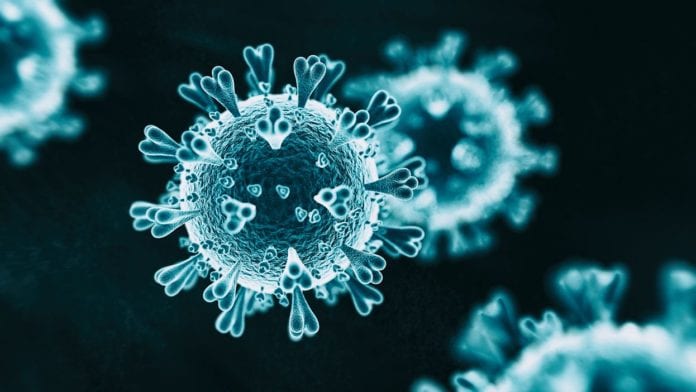A total of 239 scientists from 32 countries have made claims that Coronavirus is an airborne disease. Scientists in an open letter have asked the World Health Organisation to acknowledge the findings and revise the rules and recommendations on their website. As per the findings, COVID-19 points towards a situation that small particles in the air can potentially infect people and make them sick.
This news was reported by the New York Times and the findings will be published in a journal soon. However, WHO has said that the evidence to support the findings has not been overwhelming and convincing, as reported by the New York Times.
“Especially in the last couple of months, we have been stating several times that we consider airborne transmission as possible but certainly not supported by solid or even clear evidence,” Dr Benedetta Allegranzi, WHO’s technical lead of infection prevention and control, stated in his statement.
The claim made by the scientists has opposed the previous evidence that states that Coronavirus transmits from person to person through droplets from the nose or mouth, which is discharged as an infected person coughs, sneezes or talks.

A group of 36 experts on air quality and aerosols had asked WHO to take into consideration the increasing evidence on how Coronavirus could possibly be an airborne disease.
Post this meeting with WHO experts, they continued to stress on how important washing of hands is. It was expected that they would speak and pay more attention to the aerosols. WHO asserted on the distinction between tiny aerosols and larger aerosols, although infected people expel both.
These are a few pointers that one needs to know about the recent happenings concerned with Coronavirus:
- The World Health Organisation is downplaying the findings of 239 scientists that state the potential of Coronavirus to be airborne. The scientists have also penned an open letter to WHO urging the organisation to reconsider the claims it had made earlier about the virus.
- WHO had declared the main modes of transmission of the virus to be through the inhalation of respiratory droplets expelled when individuals sneeze, cough, or speak and also if a person comes in contact with surfaces that the virus may have been resting on.
- Respiratory droplets are larger and heavier particles that fall on the ground after being discharged as opposed to aerosols which are much smaller, helping them remain and travel through the air for longer periods of time.
- Experts believe that WHO is still following the old and outdated definition of airborne transmission – the definition that states that an airborne pathogen has to be highly infectious and to travel long distances.
- India now has the world’s third-highest number of Coronavirus cases after Brazil and the United States is at nearly 700,000. According to the latest data, the pandemic currently shows no sign of slowing down.
- As of Monday morning, the coronavirus has infected 1,14,19,638 people globally and 533,781 have died. As many as 6,161,732 people have recovered globally.
- A study found that the virus could remain active in the air for up to 16 hours.

If the claims of Coronavirus being airborne are true, then this also means that face mask rules will have to change with individuals having to wear them even indoors. The efficacy of social distancing may be under question too, as the virus can remain and survive in the air even indoors, thereby increasing the risk of contamination.
Further Reading:


